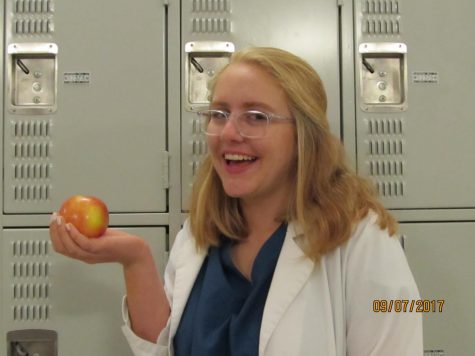RIP Advisory
June 7, 2016
In the 2016-2017 school year, Monte Vista will rid of the old advisory and start school wide access.
For the past few years, Monte Vista has had a thirty minute period called advisory every Tuesday between brunch and third period where students and their teacher would talk of school announcements and or whatever the teacher felt necessary. Last year, ‘Access periods’ were implemented during advisory that allowed for students to go to a specific class to seek extra help. Access also allowed for teachers to call in certain students that were struggling or needed extra help.
Monte Vista Principal Dr. Kevin Ahern believes that the old advisory was not working.
“The intent is to create a positive relationship with students over a span of four years” Ahern said, “but there are some pieces there that are just artificial.”
As Ahern explained it, the goals of advisory were not reached because the teachers and students met and interacted too rarely for there to be a real connection to be formed. Instead, students and teachers need to work together in a more direct way for a real working relationship to be formed.
The way that the period will work is similar to the way that access works now. The timing will still be the same for the period, but students will be able access different classrooms that are open for different subjects that they might need extra help in. Also, there will also be the option to go the the student center or the library, but students will still need to stay on the school campus.
The teacher’s room that the student will go to does not have to be their teacher; it could be a teacher that could aid them in a specific subject. Also, there will be a few rooms dedicated to taking makeup tests and quizzes so that this would not take away from class time. Each department would have makeup work, conditional help, and a study hall.
Ahern and the Monte Vista faculty realized early this year that something had to be done about the advisory situation because everyone was becoming frustrated with the fact that nothing was getting done in advisory. They disliked that advisory was more of a harm then a help to students; it became a distraction for everyone.
“Teachers were pretty adamant with the fact that advisory in its current state was not working and that we should get rid of it,” Ahern said, “ we were wasting instructional time.”
To try and improve the situation, a few faculty members attended two different response intervention trainings where they learned more about how to use access to better benefit student learning. This enabled the faculty to come up with a workable solution to improve advisory, which will be implemented next year.
Many students, such as Junior Aryan Ghanadan, agree with the faculty in that advisory was not working.
“Some teachers take it way too seriously and students lose respect for them,” Ghanadan said, “It doesn’t work for enough people but no one has come up with a better solution to replace it.”
The goal for the new advisory, which will be called access, has not changed. However, the way that the goal is approached will be different.
“It’s primarily designed to help students learn subject matter,” Ahern said, “But ultimately we need to have more back and forth between students and teachers from the get-go.”
Ahern believed that it is important for teachers to be able to identify students that need help and offer it to them as quickly as possible in order for them to succeed in their high school career. He thinks that it is especially crucial for teachers to approach students because students are less likely to ask for help when and where they need it. “We want to see how students use that time period,” Ahern said, “It will be a learning process, as a faculty, we will be learning how to use that time.”











